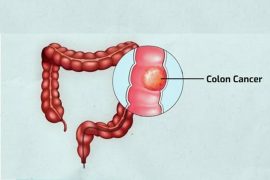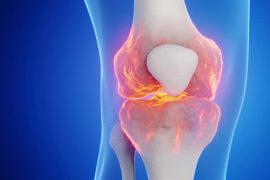Winter weather brings various hazards, including carbon monoxide poisoning, hypothermia, frozen pipes, and challenges with electric vehicles, all of which require preparation to ensure safety and warmth. With millions across the United States facing moderate to heavy snow from Kansas City to Washington and cold conditions gripping the East Coast, public safety officials emphasize preventive measures to mitigate these risks.
Staying Safe Indoors
During winter storms, experts recommend staying indoors to avoid exposure to dangerous conditions. However, prolonged use of heating systems can increase the risk of carbon monoxide poisoning, a deadly but invisible and odorless gas produced by furnaces, stoves, and heaters. Portable generators and running cars in garages can also release carbon monoxide. Symptoms of poisoning, such as headaches and nausea, can escalate to unconsciousness and seizures. To stay safe, proper ventilation, functioning carbon monoxide detectors, and adherence to safety guidelines for heaters and generators are essential.
Managing Hypothermia Risks
Cold weather sweeping across the East Coast poses a significant risk of hypothermia, especially in areas unaccustomed to extreme cold. Hypothermia occurs when the body loses heat faster than it can generate, often due to prolonged exposure to freezing temperatures and wind. Meteorologist Jon Palmer notes that wind chills can make temperatures feel colder, accelerating the onset of frostbite and hypothermia. Vulnerable groups, such as those with disabilities or the homeless, face additional challenges finding warm and safe shelter. Officials stress the importance of wearing appropriate clothing, staying dry, and having access to warm, secure spaces during severe cold spells.
Preventing Frozen Pipes
Frozen pipes, particularly in the South where outdoor plumbing is common, pose a significant challenge during winter storms. Plumber Jose Parra advises homeowners to insulate outdoor pipes, drain sprinkler systems, and allow faucets to drip during freezing conditions to keep water flowing. These preventive measures can avoid costly repairs, as most issues with burst pipes stem from lack of preparation.
Cold Weather and Electric Vehicles
Cold weather also impacts electric vehicles (EVs) by slowing the flow of lithium ions in their batteries, reducing efficiency and range. Experts recommend planning and adjusting travel habits to accommodate shorter ranges during winter. Automakers are developing solutions, such as better battery protection and cold-resistant chemistries, to enhance EV performance in freezing conditions.
Winter weather hazards can be dangerous but are manageable with preparation and awareness. From mitigating carbon monoxide risks indoors to safeguarding against hypothermia and frozen pipes, and adjusting for EV challenges, proactive measures can ensure safety and minimize disruptions during extreme cold conditions.
Disclaimer:
The information contained in this article is for educational and informational purposes only and is not intended as a health advice. We would ask you to consult a qualified professional or medical expert to gain additional knowledge before you choose to consume any product or perform any exercise.







